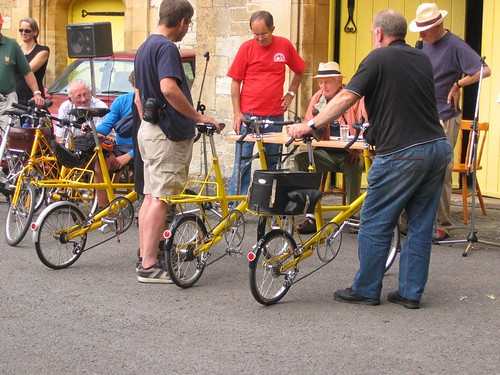If "The Moulton Bicycle" by Tony Hadland is the bible for F-frame Moultons, then "The Spaceframe Moultons" by the same author is the bible for spaceframes.

The book outlines in great detail, how the Moulton concept evolved from the original F-frame into the spaceframe, and contains lots of detail on the design process, and the various prototypes developed along the way. The numerous reproductions of sketches used by Alex Moulton as he refined the concept are fascinating.
Also covered are details of the launch of the AM in 1983, reaction in the media, and detailed specifications of the various models.
The Spaceframe Moultons covers the models produced in the period from 1983 to 1994, and covers the AM, ATB and APB/Pashley ranges, including the AM models produced in stainless steel. There are also chapters on the racing and touring achievements of AM bicycles.
Unfortunately, this book is now out of print, and it's becoming quite difficult to obtain - at least at a reasonable price.
A copy can be bought through Amazon.co.uk, for example, at a cost of £125.92. Copies do appear from time to time through sources like Amazon.co.uk and AbeBooks.co.uk. I bought my copy from Don Swift Books, via AbeBooks for £20.
The best bet may be to order a copy through your local bookshop, who might be able to get a copy through Gardners or another wholesaler.
Happy Hunting!







